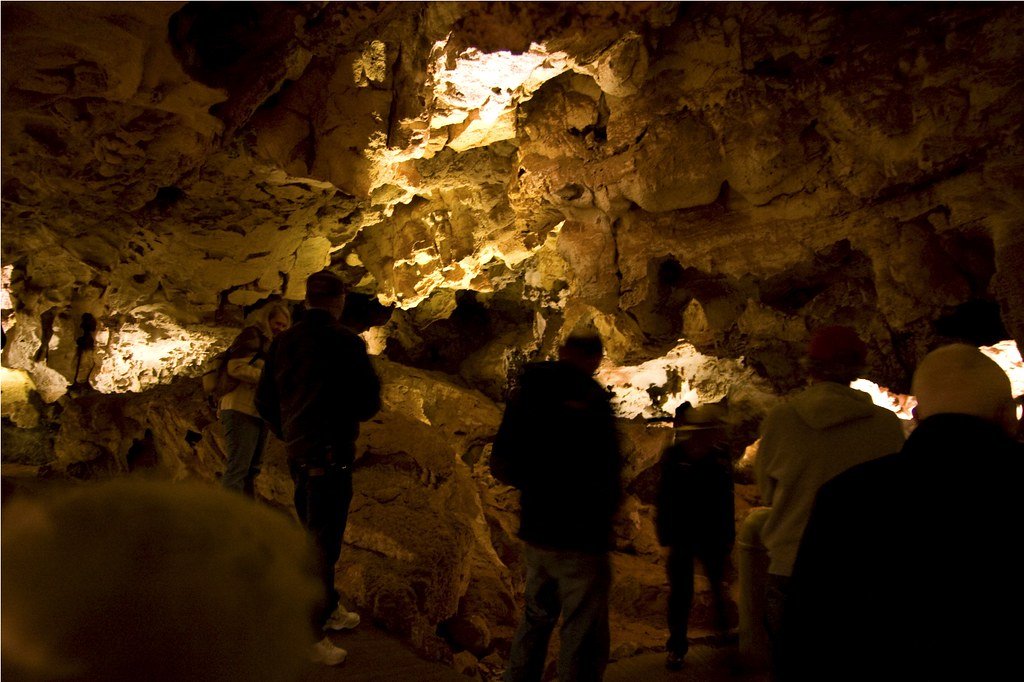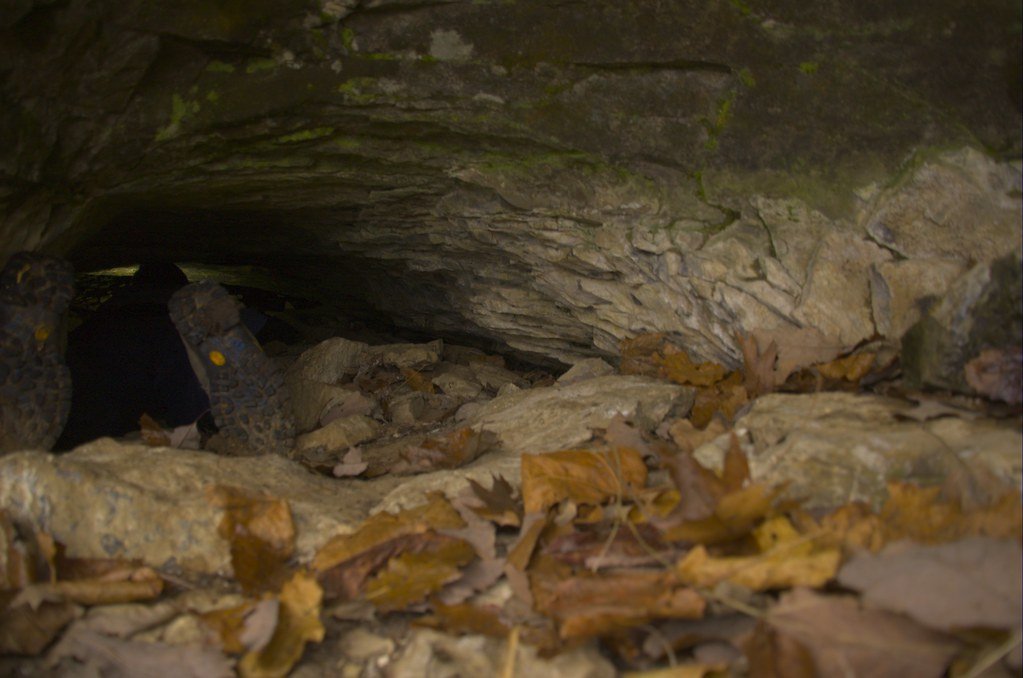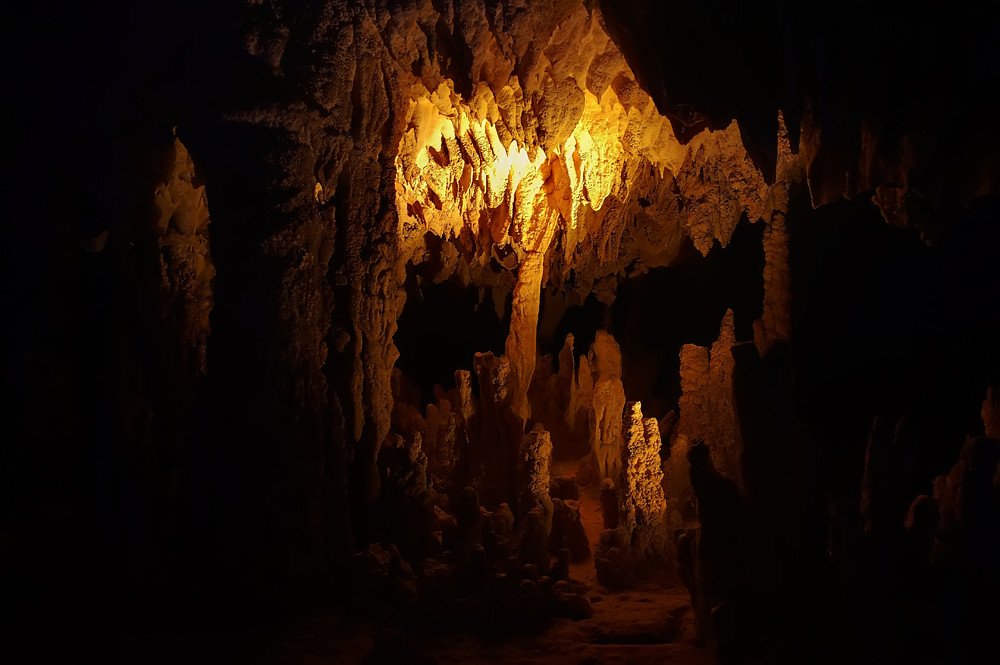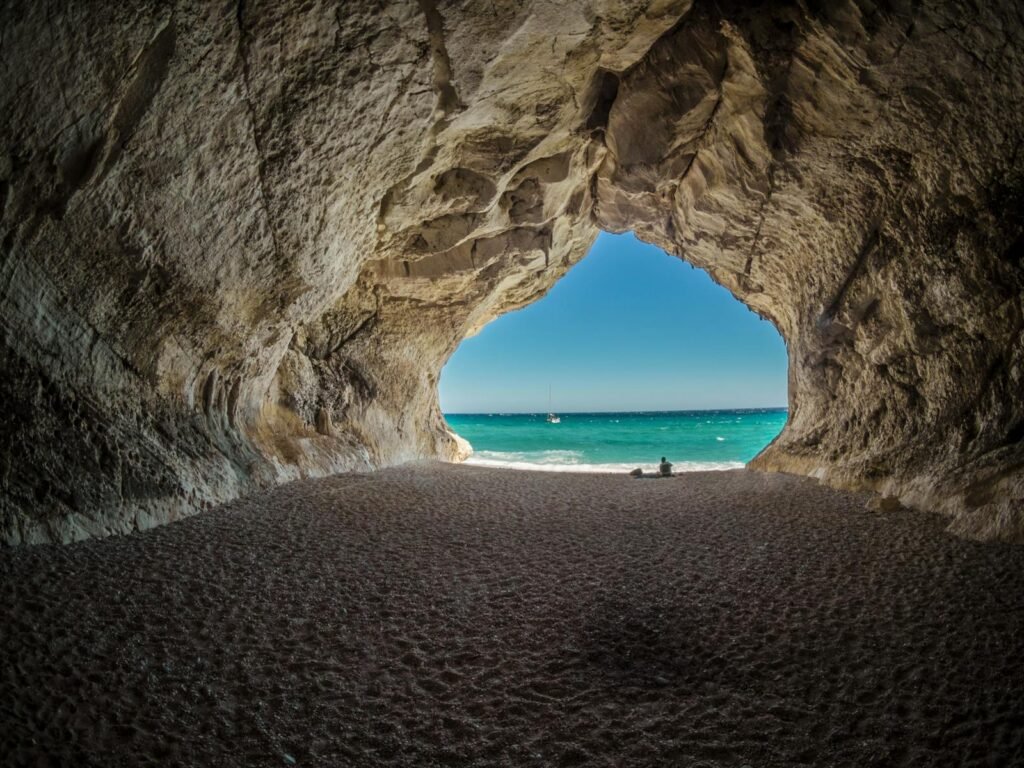Have you ever stood at the mouth of a cave and felt a mysterious rush of air—almost as if the earth itself was inhaling and exhaling? It’s a sensation that can stop you in your tracks, filling you with wonder and maybe a little bit of awe. This phenomenon, known as “cave breathing,” isn’t just a poetic turn of phrase. It’s real, it’s measurable, and it reveals secrets about how our planet’s hidden systems interact, often in ways we’re just beginning to understand. Stepping into a breathing cave feels like entering the lungs of the earth, where invisible forces shape not only the underground world but even the air we breathe above ground. Ready to take a deep breath and dive into the science, mystery, and marvel of our living planet? Let’s explore why some caves seem to breathe—and what that tells us about the unseen wonders beneath our feet.
The Strange Sensation of Cave Breathing

Cave explorers often describe the unforgettable moment when they first feel a cold draft rushing out or a warm breath pulling them in, sometimes strong enough to flutter hair and clothing. This is not the wind—it’s the cave itself moving air in and out as if alive. The sensation can be surprising, even a little unsettling, especially when you expect the underground to be still and silent. In some places, the airflow is so powerful it can blow out a candle or whistle through narrow passages. These “breaths” can be felt at entrances, cracks, and even deep within the cave’s core, making you wonder what invisible forces are at play. For anyone who’s experienced it, the sensation lingers long after leaving the darkness behind. It’s a tactile reminder that the underground world is anything but lifeless.
The Science Behind The Breath: Air Pressure and Temperature

At its core, cave breathing is a dance of air pressure and temperature differences between the inside of the cave and the surface world. When the outside air is cooler or warmer than the stable temperature within the cave, the pressure shifts, and air begins to flow to restore balance. This movement isn’t random; it follows physics as predictable as the tides. The cave acts like a giant lung, inhaling and exhaling as the environment above changes hour by hour, season by season. In winter, warm cave air may rush out into cold air, while in summer, cooler air is drawn in. These pressure-driven exchanges are so precise that scientists can often predict the direction and strength of a cave’s breath just by looking at the weather.
How Caves Connect Surface and Subsurface Worlds

Caves are not isolated pockets; they’re gateways between the surface and the deep earth. When they breathe, they shuttle air, moisture, and sometimes even living creatures between realms. The airflow helps regulate cave humidity and temperature, creating stable environments that support unique ecosystems. This connection also means that what happens above—like thunderstorms, temperature swings, or even human activity—can ripple into the depths below. In a way, caves are like the earth’s secret messengers, carrying whispers of the outside world deep underground. Their breathing is evidence of a profound, ongoing conversation between the seen and unseen worlds.
Real-World Examples: Mammoth Cave and Wind Cave

Some of the world’s most famous caves are renowned for their dramatic breathing. Mammoth Cave in Kentucky, the longest cave system on earth, is famous for its powerful drafts that can change direction with the seasons. Wind Cave in South Dakota, true to its name, is known for fierce gusts that have startled visitors for centuries. In fact, the entrance to Wind Cave was discovered when explorers noticed strong winds blowing from a small hole in the ground. These caves are studied by scientists as natural laboratories, helping us understand not just airflow, but how caves evolve, how life survives in darkness, and how the underground connects to the wider world.
Hidden Passages: Complex Networks Beneath Our Feet

Breathing caves often hint at sprawling, interconnected networks of tunnels, chambers, and hidden exits. When air flows in or out, it’s usually finding the path of least resistance through a maze of underground passages. Sometimes, an unexplained draft leads explorers to discover new chambers or even entire cave systems. Mapping these air currents has helped uncover secrets that would have remained buried for centuries. Just as blood vessels weave through our bodies, these passages form the arteries and veins of the subterranean world, constantly moving life-sustaining air and water through the darkness.
The Role of Barometric Pressure in Cave Breathing

Barometric pressure—the weight of the atmosphere pressing down on us—plays a starring role in the drama of cave breathing. As weather systems move across the landscape, they change the pressure on the earth’s surface. When the outside pressure drops, air inside the cave is pushed out. When pressure rises, outside air is sucked in. This simple mechanism can drive surprisingly strong and regular flows of air, sometimes even creating “breathing” cycles that match the rise and fall of barometric pressure. In some caves, the airflow can be timed to the minute with the passage of a storm front or a change in weather.
Temperature Gradients: The Subtle Drivers of Airflow

The underground world is a place of remarkable stability; deep caves maintain a nearly constant temperature year-round. But the surface is in constant flux, heating in the sun and cooling at night. This temperature difference sets up gradients that drive air to move in or out of cave openings. On a hot summer day, cool cave air is drawn toward the surface, creating a refreshing breeze. In winter, the process reverses. These temperature-driven breaths aren’t just minor eddies—they can be felt dozens of meters inside a cave, a silent testament to the power of even small differences between above and below.
Seasonal Breathing: How Caves Change Throughout the Year

Caves breathe differently depending on the season. In the heat of summer, cool underground air can be a refuge for animals and people alike, pulled out by the warmer air above. In winter, the process flips, with warm cave air escaping to the cold world outside. This seasonal rhythm can help predict when and how a cave will “inhale” or “exhale.” For cave biologists, these patterns are vital, as they influence the behavior of bats, insects, and other cave dwellers. The seasonal breathing of caves is like the slow, steady heartbeat of the underground—predictable, dependable, and endlessly fascinating.
The Impact on Cave Ecosystems

The movement of air brings with it changes in humidity, temperature, and even the distribution of organic material. For the fragile life forms that eke out an existence in complete darkness, these subtle shifts can mean the difference between survival and extinction. Some species have evolved to live only in the most stable, least-breathing parts of caves, while others thrive in the fluctuating environments near entrances. The breathing of a cave can also carry in spores, seeds, and even small animals, making it a vital part of the underground food web. In this sense, every breath a cave takes is a lifeline for the creatures within.
Human History: Legends and Curiosity

Throughout history, breathing caves have inspired awe and superstition. Ancient peoples sometimes believed that these mysterious drafts were the breaths of gods or spirits dwelling within the earth. Stories abound of caves that sigh, moan, or roar with the winds, fueling myths and legends. Even today, the experience of standing in a breathing cave can feel magical, connecting us to the same sense of wonder that shaped early human understanding of the natural world. The mystery of the cave’s breath continues to draw explorers, scientists, and dreamers into the darkness, searching for answers.
The Role of Water in Cave Breathing

Water doesn’t just shape caves through erosion and dissolution—it also plays a key role in how caves breathe. Flooding or high water tables can block passages, changing the airflow or even reversing it. Rapid changes in water level can force air to rush through narrow spaces, creating sudden, powerful breaths. In some caves, rising water can trap air and create pockets of high pressure, while receding water sucks air down into the depths. Water and air dance together in a never-ending waltz, shaping the cave’s character and its ability to breathe.
Climate Change: Are Breathing Patterns Shifting?

As our planet warms and weather patterns shift, scientists are starting to notice changes in how caves breathe. Extreme weather, altered seasons, and more volatile barometric pressure can all impact the delicate balance of underground airflow. Some caves are experiencing faster or more erratic breathing, while others are becoming eerily still. Because caves are so sensitive to surface conditions, studying their breathing can offer early clues about how climate change is impacting even the most hidden parts of our planet. It’s a powerful reminder that nothing on earth is truly isolated.
The Lungs of the Earth: Metaphor and Reality

It’s tempting to call caves “the lungs of the earth,” and in some ways, the metaphor fits. Like lungs, caves exchange gases—taking in oxygen-rich air, exhaling carbon dioxide, and maintaining balance. This exchange has real consequences, not just for cave life but for the chemistry of the soil and water around them. Caves even help store and filter groundwater, acting like kidneys as well as lungs. The breathing of a cave is more than just a curiosity—it’s a vital part of the planet’s life-support system, quietly working away beneath our feet.
Modern Technology: Measuring the Invisible

Today, scientists use an array of high-tech tools to study cave breathing. Sensitive anemometers track airflow down to the faintest breeze, while temperature and pressure sensors map changes in real time. Drones and robots probe passages too dangerous for humans, revealing hidden pathways that explain mysterious drafts. Computer models help predict how air will move through complex systems, offering insights that were once impossible to obtain. Thanks to technology, we’re seeing the hidden breath of caves in unprecedented detail, deepening our understanding with every new discovery.
Cave Breathing and Air Quality

Caves don’t just move air—they can also purify and filter it. As air passes through narrow rock passages, dust and particles are trapped, leaving the cave air remarkably clean. In some places, the steady breathing of a cave is harnessed to ventilate mines or underground spaces, improving safety and comfort. However, pollution from the surface can also be drawn underground, threatening fragile cave environments. Understanding how caves breathe is essential for protecting both their unique ecosystems and the air we share above ground.
Unsolved Mysteries: When Caves Break the Rules

Not every cave breathes the way we expect. Sometimes, drafts blow in when they should blow out; some caves seem to hold their breath for days, then exhale in a sudden rush. These mysteries keep cave scientists guessing, suggesting that we still have much to learn about the complex interplay of geology, weather, and underground networks. Every unexplained breath is a reminder that nature rarely fits neatly into our boxes—and that there’s always another secret waiting in the darkness.
Personal Encounters: Awe and Wonder Underground

Ask any caver about their first experience with a breathing cave, and you’ll hear stories filled with awe, surprise, and sometimes fear. There’s something uniquely primal about feeling the earth move air around you, as if it’s alive and aware of your presence. For many, this encounter is what sparks a lifelong passion for exploring and protecting the underground world. It’s a reminder that, no matter how much we study and measure, the natural world still has the power to astonish us, to make us feel small and connected all at once.
What Cave Breathing Teaches Us About Earth’s Hidden Systems

The phenomenon of cave breathing is more than just a scientific curiosity—it’s a window into the interconnected systems that sustain life on earth. It shows us that even the most hidden, seemingly isolated places are shaped by the world above, and vice versa. By studying the breath of caves, we gain insights into geology, climate, biology, and the delicate balance that keeps our planet healthy. It’s a lesson in humility and wonder, reminding us that the world is full of hidden marvels, quietly shaping our lives in ways we rarely notice.
Each breath a cave takes is a silent story, whispering of ancient connections and unseen forces. The next time you feel a sudden draft at the entrance of a cave, ask yourself: What secrets is the earth sharing with you in that moment?



